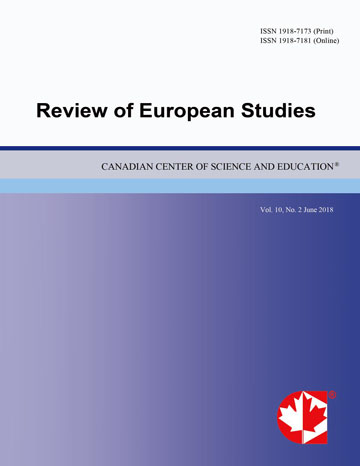Destabilizing Effects of Fair Value Accounting During US Banking Crisis
- Petr Hájek
- Mansoor Maitah
- Jan Cadil
Abstract
The aim of this paper is to analyze the pros and cons of the financial accounting standards rule, known also as Mark-to-Market Rule. Enacted November 15, 2007, required that all companies to be evaluated on the basis of prices reflecting actual market situation. We have shown this pro-cyclical rule significantly worsened the U.S. Financial Crisis of 2007. The article includes a discussion of reasons why US authorities adopted this rule for already third time in history, whereas the two preceding cases are also discussed. The US government did implement the discussed rule just on the eve of the recession or the financial crisis to relatively ease the rule during the period when the US economy was due for a rebound.
Based on our analysis of the definition and strong pro-cyclical effects of MTM rule we have shown that just in the aftermath of factual easing of this rule the economy and equity markets sharply rebounded (other reasons for the last rebound of March 2009 have been discussed too). Timeline of important dates and developments during the US banking crisis of 2007 has been presented and so we hope such a rule will never be adopted again, especially not ahead or just after the start of a financial crisis in any country as it happened in 2007.
- Full Text:
 PDF
PDF
- DOI:10.5539/res.v7n11p222
Index
- ACNP
- CNKI Scholar
- DTU Library
- Elektronische Zeitschriftenbibliothek (EZB)
- EuroPub Database
- Excellence in Research for Australia (ERA)
- Genamics JournalSeek
- Google Scholar
- Harvard Library
- HeinOnline
- Infotrieve
- JournalTOCs
- Mir@bel
- Open policy finder
- RePEc
- ResearchGate
- ROAD
- Scilit
- Technische Informationsbibliothek (TIB)
- The Keepers Registry
- Universe Digital Library
- WorldCat
Contact
- Paige DouEditorial Assistant
- res@ccsenet.org
